Suzanne Tarasiève Booth Paris Photo 2024 Courtesy Galerie Suzanne Tarasieve, Paris © Rebecca Fanuele
Opening of Paris Photo 27th edition back to Grand Palais enlarged (surface of 21 000 m2), gathering 240 participants : 195 galleries and 45 publishers from 34 countries with 66 new entries. After the brand and global phenomenon of Basel Paris, comes a French specificity with this unique photo fair in the world. Among the new directions : the focus on female photographs with Elles x Paris Photo (Keiring), more curation and large-formats valorization (Prismes section). Surrealism is in the air ! Many participants have decide to pay hommage to the city of André Breton and exhibition at Centre Pompidou.
Links to be found at Flowers (London) with Lisa Jahovic, MEM with Keiichiro Goto, Raster with Aneta Grzeszykoska, Micheal Hopen Gallery with Tim Walker series « Oeil de Jeune femme » tribute to Joseph Sacco with his friend Tilda Swinton, Karsten Greve with Herbert List, Claude Cahun, Jecza Gallery Iosif Kiraly (self portrait), TOBE with Kincso Bede, Bruce Silverstein with Lotte Jacob or Nadja Vilenne with Aglaia Konrad. and many others..

Mustapha Azeroual , Groenland – Ponant ©Mustapha Azeroual – BMW ART MAKERS
The new sector Voices: 3 curators are invited to explore contemporary themes within an artistic scene or practice in a shared space. 2024 Curators: Elena Navarro (FotoMexico), Azu Nwagbogu (Lagos Photo Festival), Sonia Voss (independent curator, Saison de la Lituanie). It’s rather difficult to find but worth it !
Main sector : ROLF ART (Buenos Aires)
featuring a duo exhibition of two remarkable Latin American artists: Peruvian artist Roberto Huarcaya (1959), presenting Amazogramas (2014-2024), and Argentine artist Santiago Porter (1971), showcasing Piezas (1993-2003).
Roberto Huarcaya‘s monumental Amazogramas series (2014), currently on vew at the Peruvian Pavilion in La Biennale di Venezia, is a Photogram created at night in the Amazonas rainforest by unrolling 30m long of photosensitive paper among the dense foliage, exposing it to the full moonlight to capture the imprint of the jungle. The work tributes the jungle through a non-instrumental, organic & horizontally perspective. The proposal emerges at the cross of photography, installation & land art, challenging our approach to re-presenting the environment.
Santiago Porter’s series Piezas (1993-2003), conceived in New York and created intermittently over the span of a decade, stands as his most personal and purist photographic work, where he silently captures the intimacy of his own private world. These small images mark a visual transition, infusing the scenes with a haunting sense of transcendence. They oscillate between the promise of permanence and the ache of inevitable loss.
Santiago Porter’s work is currently on display in Paris at L’Atlas in partnership with Rolf Art, presenting a solo exhibition titled Là où je n’ai jamais été [Where I Have Never Been], which offers a retrospective of his artistic journey from 1997 to the present.
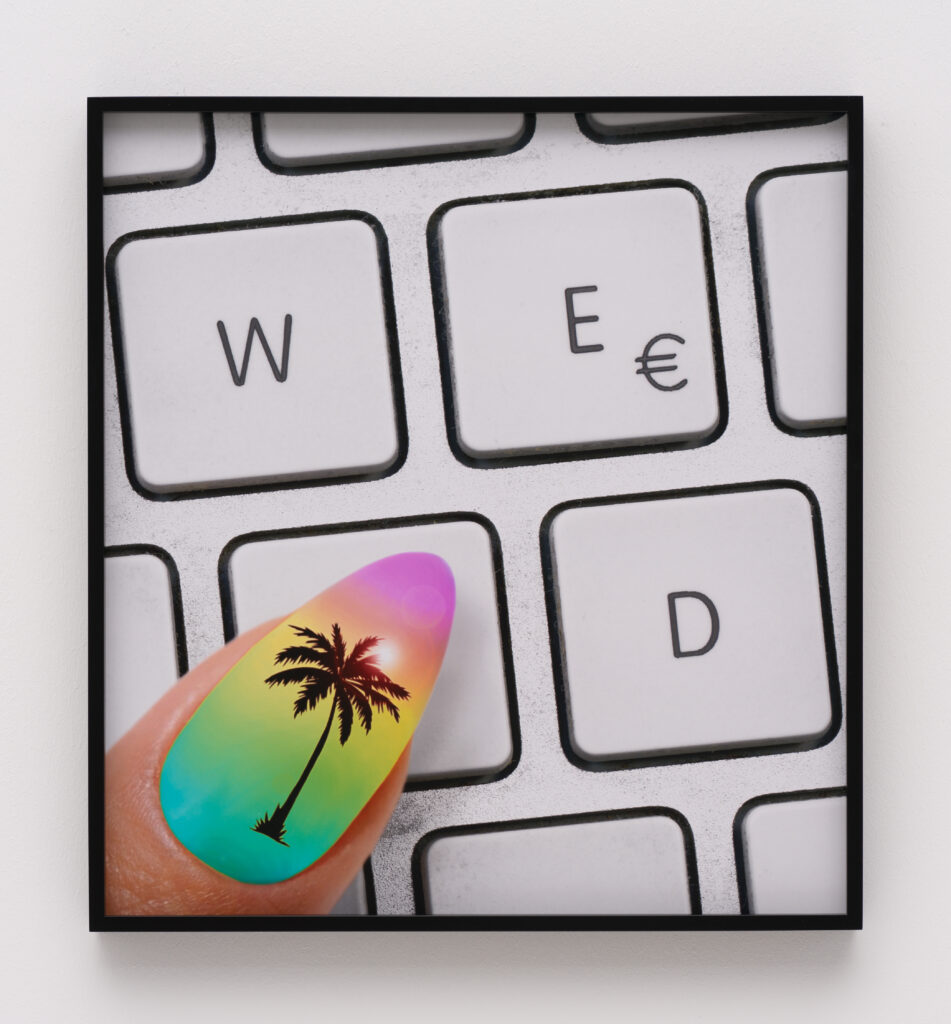
Viktoria Binschtok, sémiotique numérique (herbe) , 2024, tirage chromogène, cadre personnalisé, 54 x 50 cm, éd. 3+1 ap. courtesy the artist / Klemm’s gallery
Klemm’s gallery (Berlin)
Group show : dialogue and intergenerational selection from our program – featuring works by Erica Baum , Viktoria Binschtok , Juan Pablo Echeverri and Jan Groover.
In conceptual and pictorial progressions that oscillate between abstraction and figuration, our presentation deploys a variety of ways of interacting with the medium, tracing different approaches to photography’s multiple languages.
Fabienne Lévy Lausanne
Solo show Alina Frieske
Alina Frieske is a visual artist who lives and works in Berlin. Her work is at the intersection between photography and painting.
“Pinch-to-zoom” is a reflection on the physicality of touch in digital media. Today, we rely on all possible content to be directly accessible at all time, close to our bodies. In this intimate setting, every pixel is scalable between two fingertips. In her practice, Alina Frieske draws from snippets of everyday social media captions and selfies from a huge crowd of strangers. In a painterly process of additive layering, cut-outs of these pictures are multiplied to form new figures and surroundings. A firm hold on the phone, an index finger pressing the shutter release or an outstretched hand carrying too many bags, have been reduced to their essential form. These forms are highlighted through stencil cut-outs, revealing only contours of the print underneath—much like the initial sketches of a composition. Through the process of collecting and reassembling, Alina Frieske explores today’s changing relationship to personal data in the relentless strive for visibility and connection.
Galería Luis Adelantado (Valencia) duo show
Desire Enigmas, a dialogue between the iconic Spanish artists; Carmen Calvo (Valencia, 1950) and Darío Villalba (San Sebastián, 1939-2018). Both characterized by an unconventional use of images for their generations.
Enigmas of desire, proposes to show within the conceptual complexity that precedes both, a cruder and more radical facet, related to the forceful presence of the body, intimacy and desire, approached from different perspectives.
On the one hand, Carmen Calvo, without escaping from the social criticism that characterizes her with a continuous denunciation of the positioning
of women in society, presents pieces in which the female figure appears as an object, a toy that loses its identity under rigid masks that annul their expression and reduces them to the quality of a ‘thing’, emphasizing, in some way also, the hypersexualization to which women have been subjected throughout history.
In this selection of pieces, Calvo leads the viewer to directly confront social taboos, revealing mo-ments of intimacy, through images that, with a grotesque tinge, accentuate his feminist discourse.
Darío Villalba, in this works selection, produced around the 1990s, tells us about the daily norm in the lives of individuals who inhabit a city, the encounter and interaction with other strangers.
People in the public space reveal their private side in that undeniable emotion of encounter, of re-cognition in the gestures or in the eyes of others. The apparent intimacy of the erotic relationship is established in the superimposition of the portrait of a homeless man or a hustler shown next to the multiple reproduction of a male sex or a suggestive torso. This sexual anaphora responds to the very nature of desire in its circular repetition and reminds us that, at the end of the day, the desiring and onanistic gaze also belongs to the public wandering of the individual in the city.
Bigaignon (Paris)
Máté Dobokay, a conceptual and tactile approach of the medium. With Tribute to Simon Hantaï a complete series of chemigrams, he adapted the pliage technique that was developed by Hungarian painter, to the raw materials of photography: the imprints of chemicals seeping into the creases of the photo paper that had been crumpled up, immersed and compressed in developer are revealed when the support is smoothed out again; black surfaces came in contact with the liquid, while the white parts were left untouched by it.
In the Ag series, usually working with silver obtained with electrolysis from used fixer solutions, he then captures the material, tangible essence of the chemical element on different support surfaces, such as petri dishes, etching paper, glass, titanium zinc or zinc sheets, and even canvases.
Bigaignon is also participating to Prismes sector with Denis Malartre.
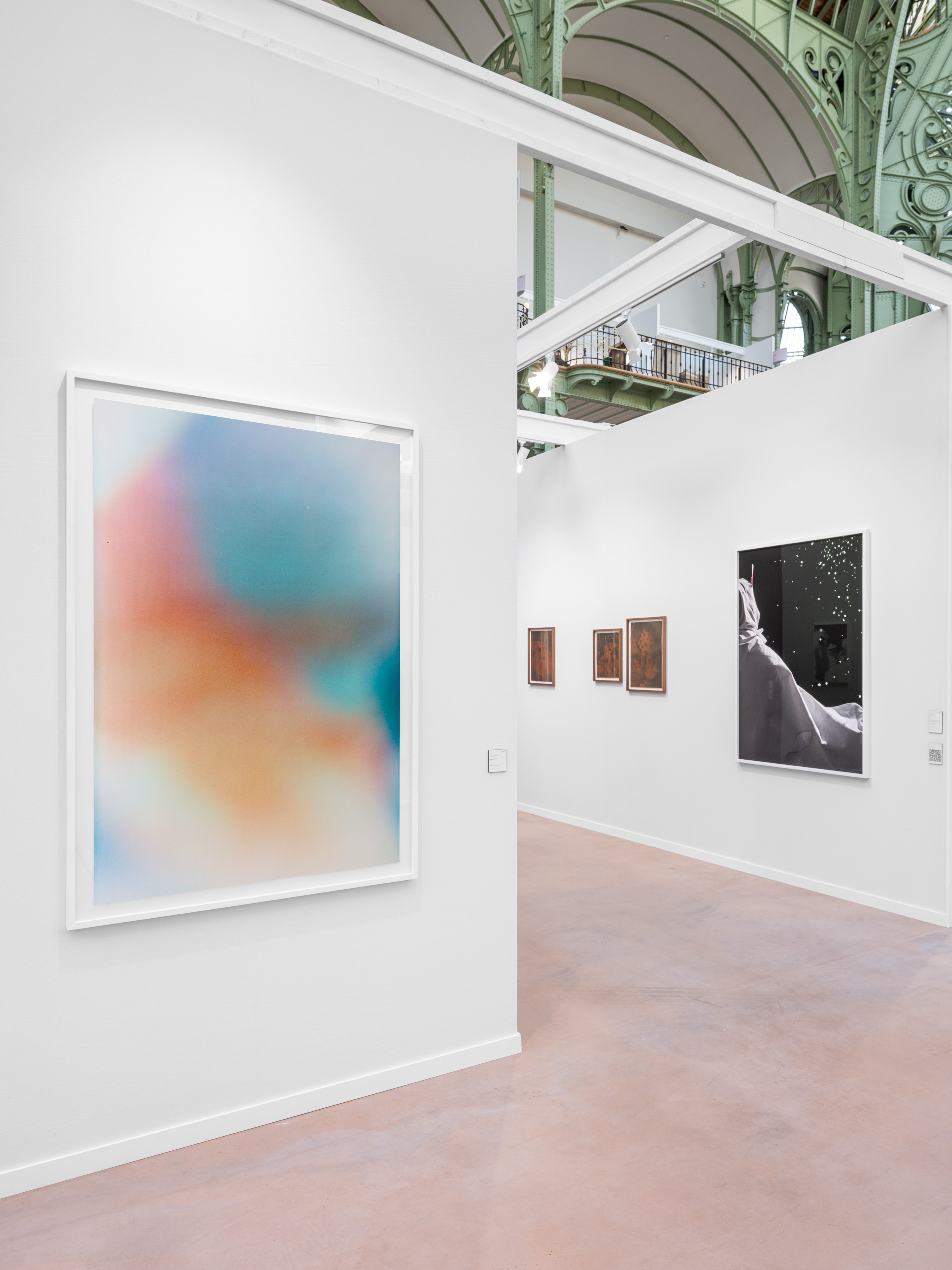
Archiraar gallery Paris Photo Cc. Gregory Copitet
Archiraar gallery (Brussels)
Roman Moriceau explores the process of time through material possibilities of photography. He focuses on ecological issues through ephemeral materials.
Among his recent exhibitions : ‘‘Par la fumée’’, curation par Sandra Barré, POUSH, Aubervilliers (2024); »Silver and Gold » (solo), Galerie Derouillon, Paris (2024); « Rose is a Rose is a Rose », MACVAL, Paris (2023).
MAGNIN A (Paris)
Solo show J.D.Okhai Ojeikere
The solo show focuses on the iconic Hairstyles series of the Nigerian photographer.
The vintage prints of the Hairstyles, unique prints made by the artist, were collected and glued by him in an album that he considered as the result of a collective work where everyone is in search of beauty: the hairstyles are executed by one person, worn by another and photographed by a third. The vast majority of these vintage prints were acquired by the Centre Pompidou in 2023 thanks to the support of the Amis du Centre Pompidou association. We are delighted to be presenting two exceptional pairs on our booth, the only prints available on the market. These vintages will be accompanied by 30 modern photographs, prints made under the artist’s supervision and signed between 2000 and 2013, the result of a long collaboration between the photographer and his printer Philippe Salaün.
Clémentine de de la Féronnière (Paris)
Group show : Transmission
For this year’s return to the Grand Palais, the gallery presents a booth centered on the notion of transmission through photographic creation. Considering it at first through the lens of transgenerational kinship, the exhibition explores the influence of elder artists on contemporary practices. Pairing Czech photographer Josef Sudek with FLORE, French artist and astronomer Étienne Léopold Trouvelot with Juliette Agnel, British photographers Paul Graham and Martin Parr, and finally Ghanaian visionaries James Barnor and Ibrahim Mahama, each duo marks a renewed use of photography. These are followed by Photos-souvenirs, a trio of photographic albums by Carolle Bénitah embodying transmission through the self-portrait of a lifetime. Lastly, Jesse Willems’ collages, based on photographs of everyday life, propose jigsawed compositions that question the becoming of an image beyond its transmission: what remains once it has disappeared?
In addition Juliette Agnel presents an original project created for the Carrousel du Louvre as part of the festival Photo Days.
Suzanne Tarasiève (Paris) :
Duo show Mari Katayama and Boris Mikhaïlov
After the MEP studio, the Japanese artist Mari Katayama at the fair and the gallery “This is how we stand our ground”.
Her self-portraits take the form of idealized images in which her body and face mingle with the imposing backdrops of extravagant sculptures that she adorns with crystals, shells and life-size dolls. Her elaborate, totally controlled stagings, and the fabrication of her own image, stand in stark contrast to any conventional notion of “disability”. Afflicted with a rare disease from childhood, Mari Katayama had her legs partially amputated at the age of nine. Far from seeing this as an obstacle, the artist transcends her physical condition by making art. She challenges the eye and questions the criteria of beauty in a standardized society.
Emergence Sector :
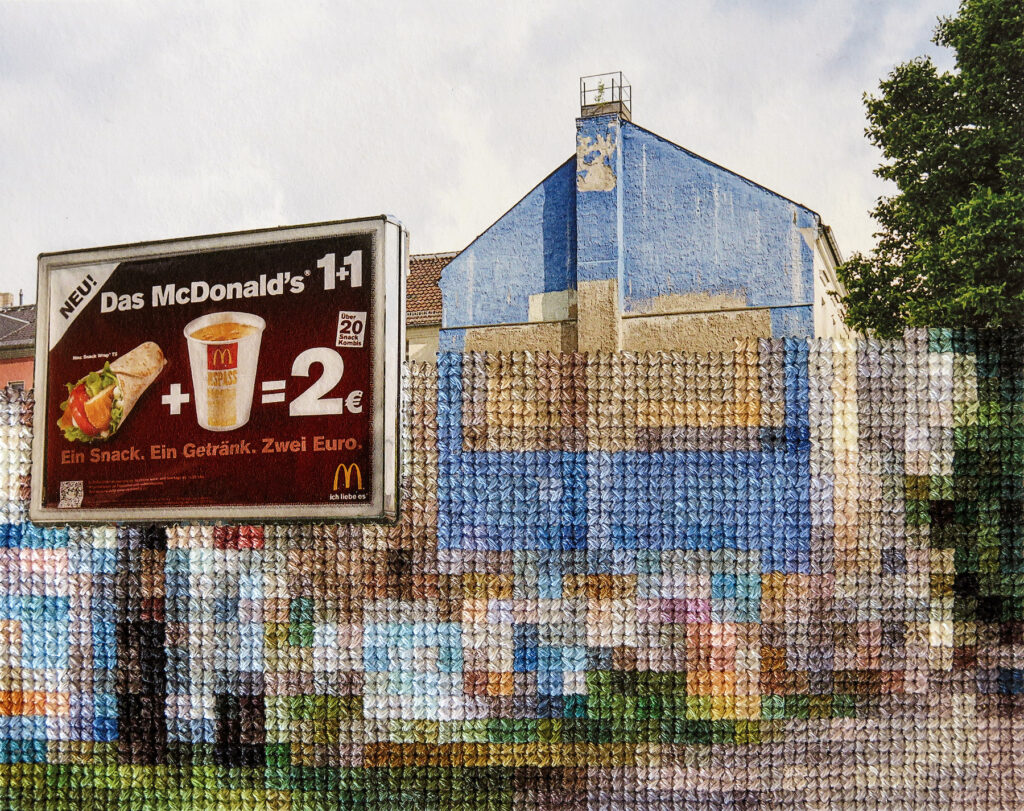
Diane MEYER, série Berlin : Bernauer Strasse II / Brunnenstrasse, 2016
Tirage pigmentaire brodé à la main, encadré / Hand sewn archival pigment print framed Dimensions de l’image : 13 x 15 cm / 5 x 6 in. Dimensions du tirage encadré : 24 x 26,5 / 9 1⁄2 x 10 1⁄2 in. Courtesy SIT DOWN
SIT DOWN galerie (Paris)
Solo show : Diane Meyer, Berlin
On the occasion of the commemorating the 35th anniversary of the fall of the Berlin Wall, Diane Meyer combines photography with cross-stitch embroidery in a very linear presentation referring to the architecture of the wall as a ghostly figure. The scars on the surface of the fabric reveal the interstices of history.
“I’m interested in photography’s failures in preserving experience” summarize the artist. She adds : « Another theme running through my work is an interest in the porous nature of memory and the ways in which it can be disrupted and replaced by images.. »
Salon H (Paris) , first participation
Solo show Lívia Melzi
With Rescue Objects, the artist continues his research into the themes of archiving, memory and the construction of Brazilian identity, focusing on the rare objects and photographic documents that survived the flames that ravaged Rio’s National Museum in 2018. Her resolutely documentary approach sheds light on orphaned collectibles (ceramics, meteorites, photographic documents) from a museum whose institutional model is now being reinvented. These photographs, taken exclusively in photographic chamber, testify to the field of possibilities opened up by the “tabula rasa of flames”, and the starting point for a museography freed from an ethnocentric vision.
This project has been selected as part of ELLES x Paris Photo, a Kering program curated by Raphaëlle Stopin, which celebrates the work of women photographers in the arts and culture. It is also part of the VOICES selection.
Pratical Infos :
Paris Photo art Fair
From November 7 to 10th
Grand Palais
Tickets :
Full prize 32 euros
Reduced 16 euros


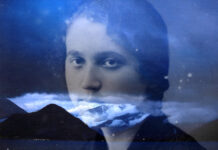
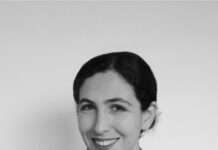
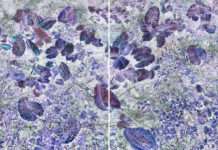
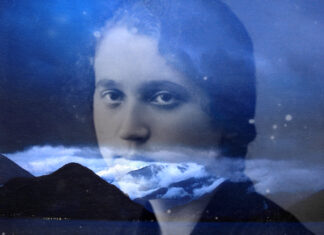
![Rencontre Evelyne Deret, ART [ ] COLLECTOR- « Des Collectionneurs invitent un Artiste »](https://fomo-vox.com/wp-content/uploads/2025/12/DSC7937-100x70.jpg)

